Jewellery Making: Introduction to An Art
- Jewellery Design
Jewellery Making: Introduction to An Art
Contact us
Bengaluru
Campus 1 : JD School of Design, No. 18-1, Brigade Road, Bengaluru,Karnataka – 560 001.
Campus 2 : No. 40, Swan House, 4th Cross, Residency Road, Bengaluru, Karnataka – 560001.
Goa
Musthtifund Saunstha , Near Mahalaxmi Temple,Dada Vaidya Road, Goa-403001
Jewellery Making: Introduction to An Art
Jewellery making has been the most effective and age-old art in India and across the world. And jewellery has not always been just gold and silver; it has been so much more than just two metal forms.
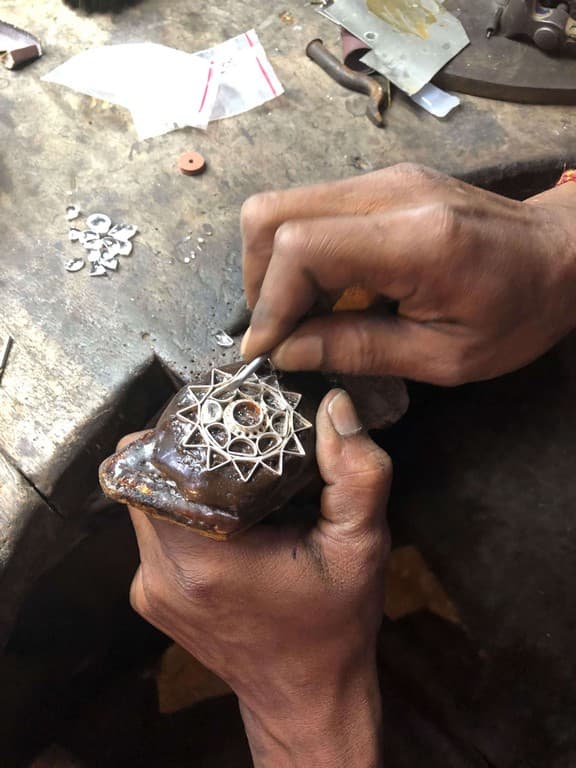
Emma Chapman Jewels
It appears that jewellery creation was practiced in Ancient Egypt as early as 3,000–5,000 years ago. The luxury, scarcity, and workability of gold made it the metal of choice for the Egyptians. Early on, jewellery in predynastic Egypt came to represent social and religious authority.
We’re honouring the natural world and educating people about environmental responsibility. We examine the little steps a jewellery maker can take to protect the environment in this blog post. Including recycling, cleaning the seashore, and finding ethical diamonds!
The History of Jewellery Manufacturing
A universal type of decoration is jewellery. Prehistoric jewellery composed of stones, shells, and bones is still present. It is most likely that it was worn as a status symbol or a shield from life’s hazards from a young age.
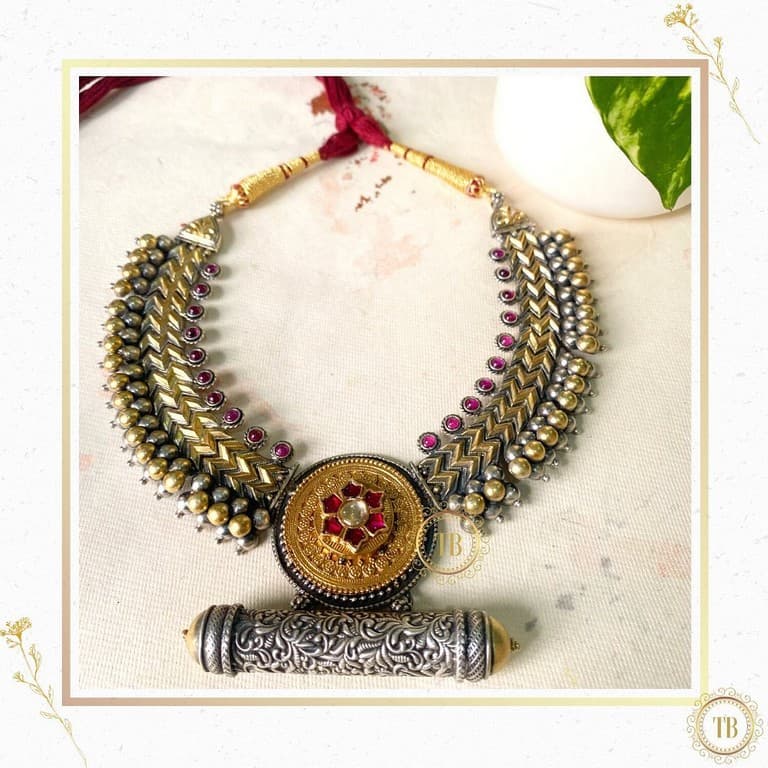
TreasureBoxOriginals
The development of metalworking techniques significantly aided the growth of jewelry-making in antiquity. The intricacy of the artwork and the sophistication of the metalworking skills increased with time.
Antique jewellery, about 1200–1500
Europe’s mediaeval jewellery was a reflection of a deeply status-conscious and hierarchical culture. Nobility and royalty donned jewellery made of priceless stones, silver, and gold. The lower classes of society frequently wore base metals like pewter or copper. Colour (from enamel and priceless stones) and strength of defence were highly prized. Some jewels are said to protect the wearer because of inscriptions that are mysterious or mystical.
In most cases, jewels were polished rather than cut until the late 14th century. Their worth was defined by their size and vibrant colour. The use of enamels, which are essentially ground glassware fired at a high temperature onto a metal surface, allowed jewellers to add colour to their designs. They employed a variety of methods to produce effects that are still often used today.
Renaissance-era Jewellery
The opulence that characterised the Renaissance was reflected in jewellery. With advancements in cutting processes, the brilliance of the stones rose and the enamels, which frequently covered both sides of the jewel, became more complex and brilliant.
Jewellery was a reflection of both religious influence and worldly authority, with many exquisite pieces worn as symbols of political power. The designs, which showcase situations and characters from legend that are becoming more and more popular, symbolise the interest in the classical world that has recently grown. The use of portraiture not only revived the ancient art form of gem engraving, but it also symbolised a larger cultural trend: an increased focus on the individual in art.
Because gold was a rare and valuable material, it was buried with the deceased to accompany it into the afterlife. Hoards and tombs contain a significant amount of archaeological jewellery. Sometimes it seems as though there was a custom for getting rid of jewellery, as with the gold collars from Celtic Ireland that were found folded in half. Wearable pieces that are skillfully crafted by artisans can best be summed up as artisan jewellery.
Artisan jewellery can be manufactured from a range of materials and includes beaded bracelets, necklaces, gemstone-encrusted rings that are handmade, and beautiful metal work. Everything in artisan jewellery design is crafted by hand and is one-of-a-kind.
Jewellery from the 17th century
New jewellery styles were introduced by trend shifts by the middle of the 17th century. Although ornate gold jewellery was necessary for dark fabrics, the new, gentler pastel hues served as exquisite settings for pearls and gemstones. Gemstone availability increased with the growth of international trade. Gemstones shone more brilliantly in candlelight thanks to advancements in cutting techniques.
Jewellery from the eighteenth century
The multifaceted brilliant-cut had evolved towards the end of the preceding century. Diamonds glistened like never before and began to rule the world of jewellery creation. Magnificent sets of diamond gems were vital to life in the court and were often set in silver to bring out the white colour of the stone. The biggest decorations were worn on the bodice, while the lesser ones might be strewn all over an ensemble.
Due to its significant inherent worth, very little diamond jewellery from this era remains. Owners would frequently sell it or re-set the stones in more stylish patterns.
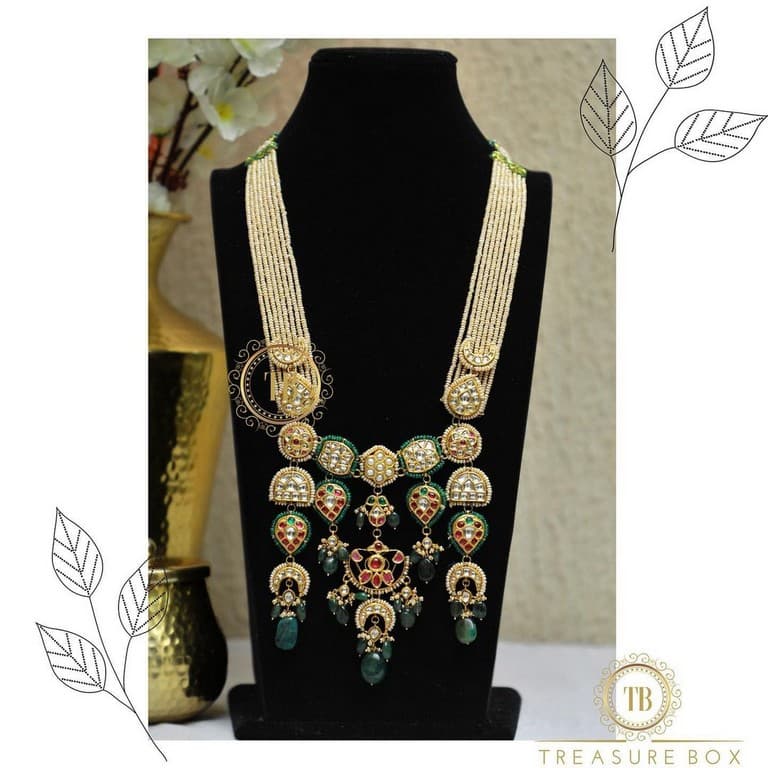
TreasureBoxOriginal
Light swords with short, flexible, pointed blades first appeared around 1640 as a reaction to emerging fencing styles that prioritised thrusting quickly. As “small swords,” they were worn with civilian attire more frequently, serving as a weapon of self-defense but also primarily serving as a status symbol for a well-groomed gentleman.
Jewellery made by Artisans
The Arts and Crafts movement, which emerged in the latter half of the 1800s, was motivated by a deep disquiet about industrialised society. The most economical pieces were previously produced using a machine-led manufacturing system, which its jewellers rejected in favour of hand-crafting each jewel by hand. They felt that this procedure would enhance both the final design and the spirit of the worker.
Large, faceted stones were shunned by Arts and Crafts jewellers, who preferred the unadulterated beauty of cabochon (shaped and polished) gems. Instead of the monotony and uniformity of conventional settings, they used figurative or curved designs, frequently with symbolic meanings.
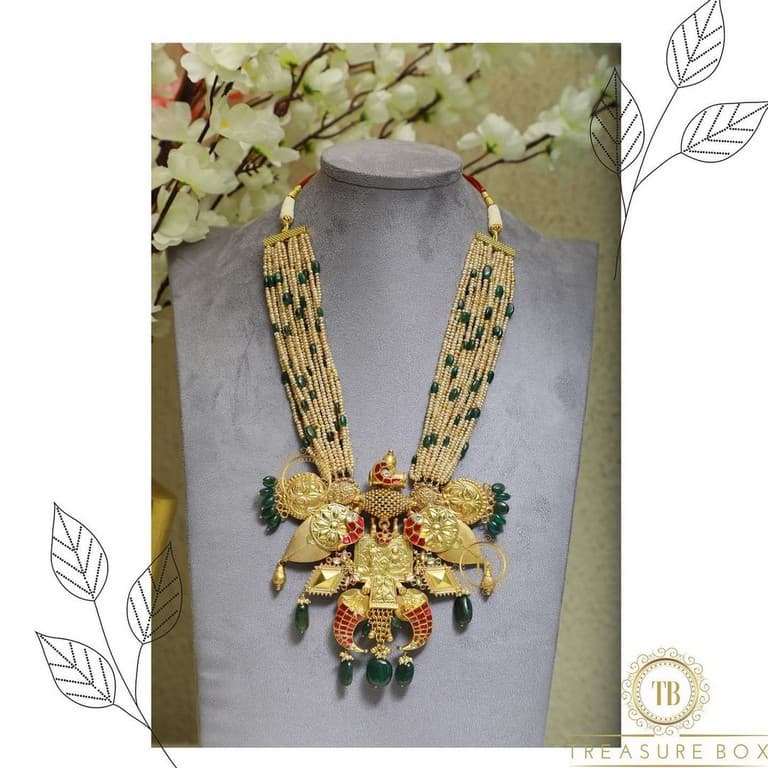
TreasureBoxOriginals
The Sustaining Art of Jewellery Making
The art of jewellery making is a very intricate and beautiful phenomenon, and there is no art that will make you stop and make you turn around and have a look at the precise. The sustainable art of jewellery making is the most renowned art work that exists in our country. India is a place of various jewellery-making processes.
- Meenakari
- Jadu
- Pachchikam
- Lac
- Temple
- Polki
- Filigree
- Navratna
- Bead
Join the Sustainable Spark
By learning sustainable jewellery making at JDSD Institute, you’ll:
- Develop sought-after skills in a growing market.
- Create beautiful pieces that minimise environmental impact.
- Contribute to a more ethical and sustainable jewellery industry.
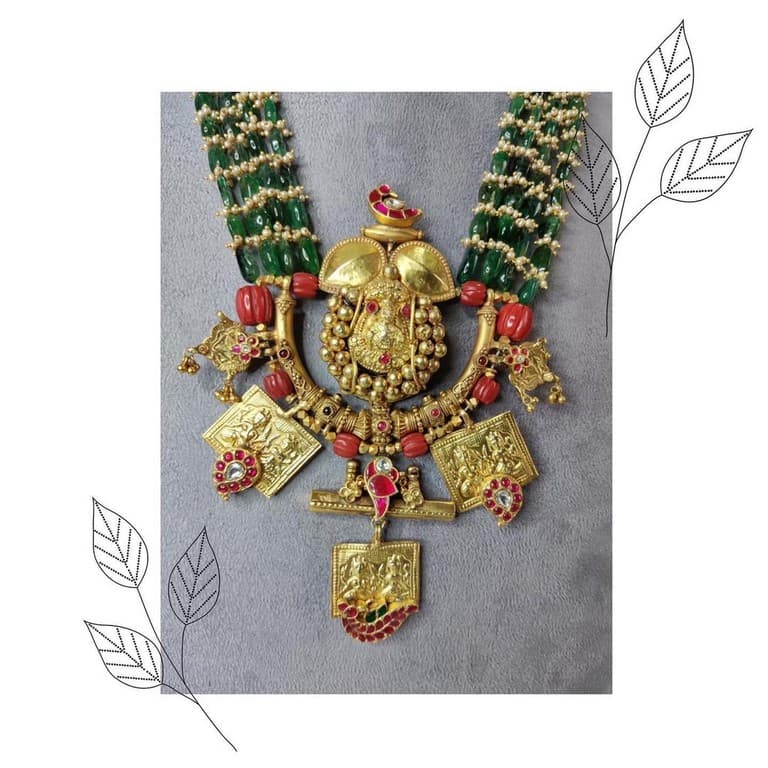
TreasureBoxOriginals
Embrace your creativity, cultivate your sustainable vision, and let JDSD guide you on the path to becoming a brilliant sustainable jewellery maker. Are you ready to take the next step? Explore the JDSD Jewellery Making courses and ignite your sustainable sparkle!
